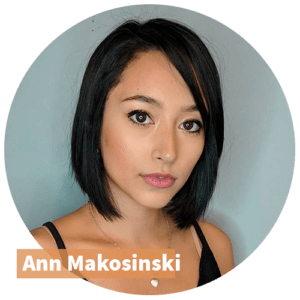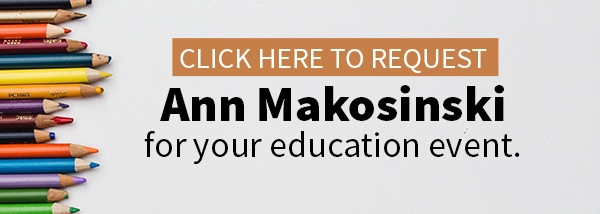Education Speakers | The Art & Science of Invention
Our education system promotes a silo mentality. We funnel students through subject areas we consider core academic disciplines such as sciences, language, math and arts. By the end of their formal education system experience, we then encourage our students to select just one of these core fields of study to focus on for the entirety of their continued education. Is this the best way to educate our collective society? Do the skills gained from one silo truly operate in isolation from others?
This approach of focusing on core disciplines wasn’t always the historical norm. Some of history’s most innovative minds excelled in multiple subject areas. Leonardo da Vinci was as acclaimed for his art (Mona Lisa & The Last Supper) and his inventions (armored vehicle & flying machine). Benjamin Franklin was as renowned for his political work (the promotion of colonial unity) as he was for inventions (bifocals & lightning rods). These are some of the best known, but there are countless other examples throughout history.
With the growth of new media platforms enabling individuals to explore a wide range of subject matter, the core discipline approach may not be doing justice to the mindset of future generations.
Developing Students’ Innovative Mindsets
Educators are seeking out ways to empower their students to create new and better ideas. To be the autonomous and self-motivated creators of our future.
What does this mean in a practical sense? Do our educational frameworks need to be changed? Or instead, should we focus on equipping teachers with new skills & teaching techniques?
To better answer these questions, let’s look towards an innovator with recent experience going through our educational system:
 Ann Makosinski: The Innovative Student
Ann Makosinski: The Innovative Student
There are not many students who receive international acclaim for an invention in their teenage years – let alone two inventions. Ann Makosinski won the prestigious Google Science Fair in 2013 for her invention the Hollow Flashlight, a light that’s powered by the body heat given off by your hand. She followed this up with the E-Drink, a mug that uses heat from a hot beverage to charge your gadgets by USB.
When it came time to make a decision on her university education, it came as a surprise to many when she opted to pursue a degree in English Literature rather than Engineering:
“I don’t see myself or my career, as just being an inventor,” she says, “because then I’d be losing out on a lot of other things I want to do in life. I really want to try a whole bunch of different things, taking it as it comes and seeing what opportunities I’m ready for. I just really want to inspire other people to not be zombie-consumers, and to make their own solutions for whatever problems they have.”
Integration of Arts & Sciences
According to Ann, the key to solving this problem is breaking through the stereotypes permeated throughout society. Traditionally, we see science as a career and art as a hobby. Ann believes it all goes back to middle school, where art class is an upbeat, social environment for making things like paintings, whereas science class is a quiet, intimidating place, for “carefully mixing exact beaker quantities.”
“I’m passionate about the usually overlooked, but crucial, combination of science and art which I believe more schools should be promoting. All technology is a mixture of science and art. We need the technology to work properly — which is the science part — but we also expect products to be aesthetically pleasing — that’s attributed to art. Most of the time we look at science as a career and art as a hobby, but I think it’s important to tell youth that when science and art come together, great things happen.
Students would respond positively to learning about math and science if it didn’t always involve a textbook and dull lab work. Using art to teach more logic-oriented subjects like math and science has already been proven to produce better results with students.”
Ann says we must drop this ‘arts’ vs ‘science’ narrative and instead start putting students through art-science integration and attention to STEAM. Studies show an integrated framework can help students
While the video may look like a performance, the emphasis was the process and instilling habits of mind that will help the children to approach problem-solving creatively in the future.
The Keynote for Educators: The Art & Science of Invention
These are some of the insights Ann explores in her keynote ‘The Art & Science of Invention.’ She shows audiences:
• How students develop innovative mindsets with exposure to science & art.
• Educational structures from some of the world’s top science & arts integration programs.
• How to break the stereotypes around art as a hobby & science as a career.

